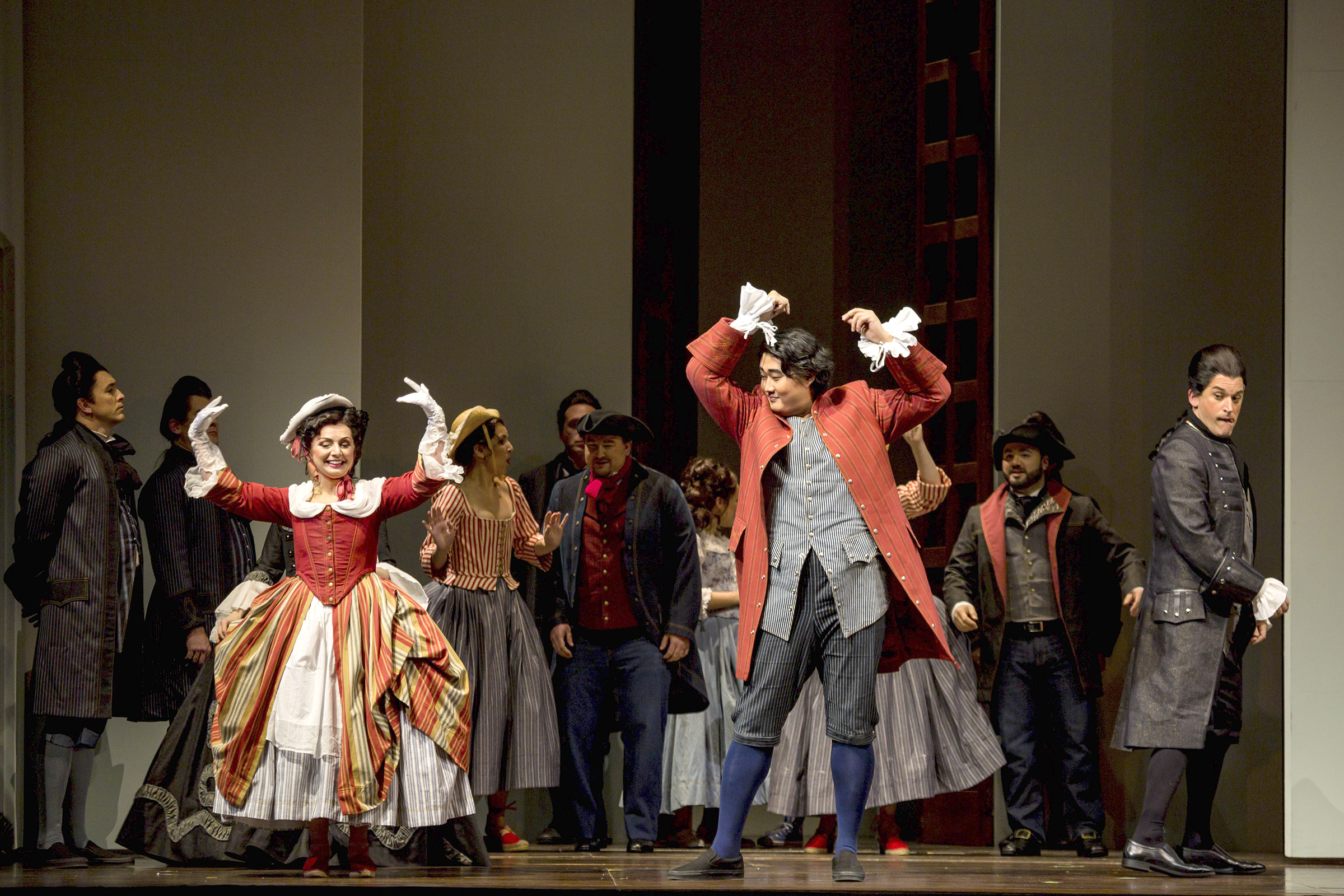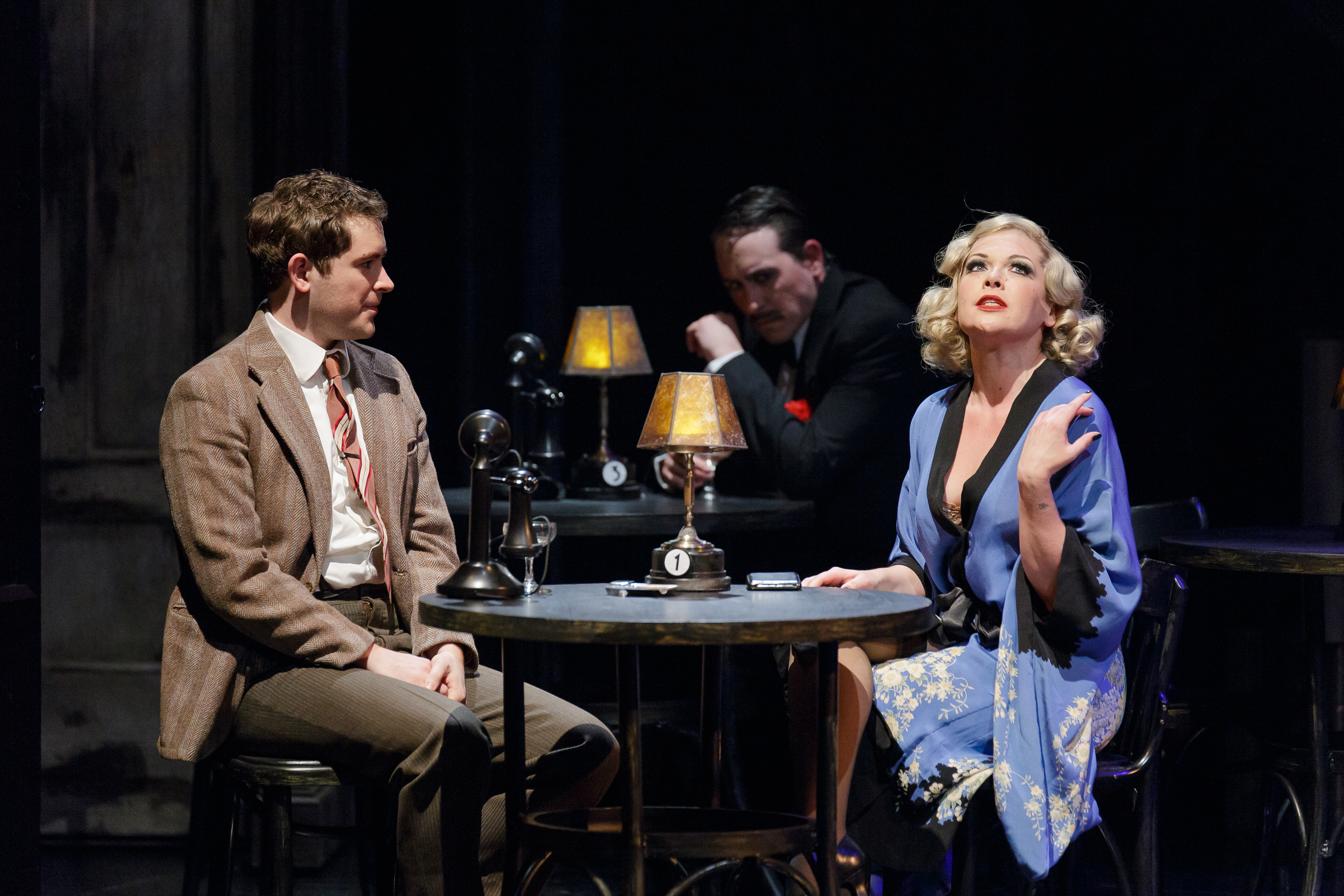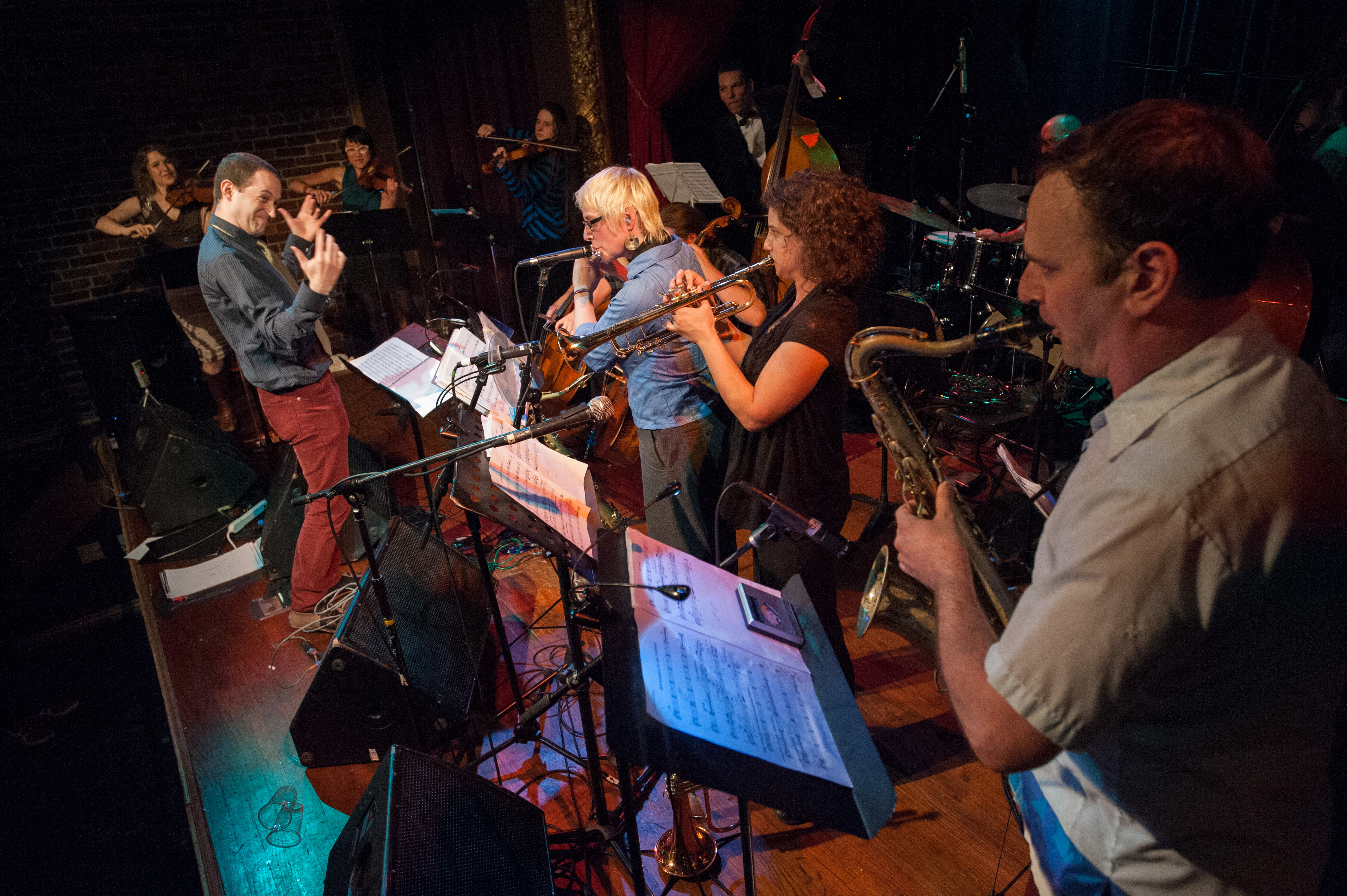Compared to Beethoven and his taut, driving musical dramas, Schubert’s a more discursive composer, more concerned with lyricism than construction, with rumination than inexorable forward motion (“exquisitely musical thoughtlessness” was George Bernard Shaw’s phrase). Yet in a piece like his String Quintet, his musical moments share a subtle interdependence and create in their own way an emotional progression, a journey, not too different from that of a song cycle like his Winterreise.Perhaps the greatest challenge of the quintet’s first movement is getting comfortable with Schubert’s spacious time frame, especially the silences in the fragmented first paragraph. As beautifully as it was played, Friday night’s performance of this quintet on a Seattle Chamber Music Society concert started out feeling a bit impatient, the rests a bit shortchanged. Without establishing a sense of mystery at the opening, the first outburst won’t feel like a catharsis; there’s no tension to release. And if that contrast doesn’t come off, neither will the shift to the lavender-scented second theme that follows, a respite from the tempest. And so it went. Everything was lovely; none of Schubert’s effects were as fully powerful as they can be. The cleanness and transparency of the playing, though, was hugely admirable (not only here, but throughout the hourlong work, which got a little tangled only in the scramble of the finale’s last half-minute), and the foreground/background dynamic balance of each instrument against the others was always skillfully gauged. In the adagio, interesting details stood out: the luminousness of the sustained chords, played without vibrato like a renaissance consort of viols; the affecting emotional restraint of the airborne violin/cello tune in the stormy middle section, evoking nobility rather than hysteria; the shift in focus, in the reprise of the first section, from the breathless violin decorations (in James Ehnes’ hands, more blithe birdsong than oratory) to the darker cello voice. The third movement was earthy and rumbustious (never hacky and slashy), and the finale propulsive, never far from its folk-dance roots. Joining Ehnes were violinist Augustin Hadelich, violist Richard O’Neill, and cellists Edward Arron and Robert deMaine.Once Frank Bridge got the German bluster out of his system, he became a fascinating composer–his student Benjamin Britten learned largely from his example his particular brand of ear-beguiling quirkiness. But he hadn’t yet when in 1907, at 28, he wrote his Phantasie for piano trio, played by violinist Nurit Bar-Josef, cellist Bion Tsang, and pianist Adam Neiman–occasional attractive ideas embedded in huge expanses of Brahms pastiche. On the pre-concert recital, violinist Andrew Wan and pianist Ran Dank played Franck’s luscious Violin Sonata–most beautifully in the first movement, with a tempo on the gentle side and a little extra dose of languor. The duo’s later performance of Stravinsky’s Suite Italienne was perfectly charming, though they made a conventional box of bonbons out of it, without paying much attention to bringing out any special flavor to the composer’s wry rewrite of baroque D-listers.
More Stories From This Author
Capitol Hill Block Party Artist Panel Series 2019
The Capitol Hill Block Party Artist Panel Series 2019 is free (no festival wristband required), all-ages, and takes place from…
Golden Idols will release new EP
Seattle quartet returns with ‘Uneasy’
Travis Thompson, Wolf Parade headline Fisherman’s Village fest
The Everett Music Initiative festival, May 16-18 in Everett, will showcase more than 50 acts.






